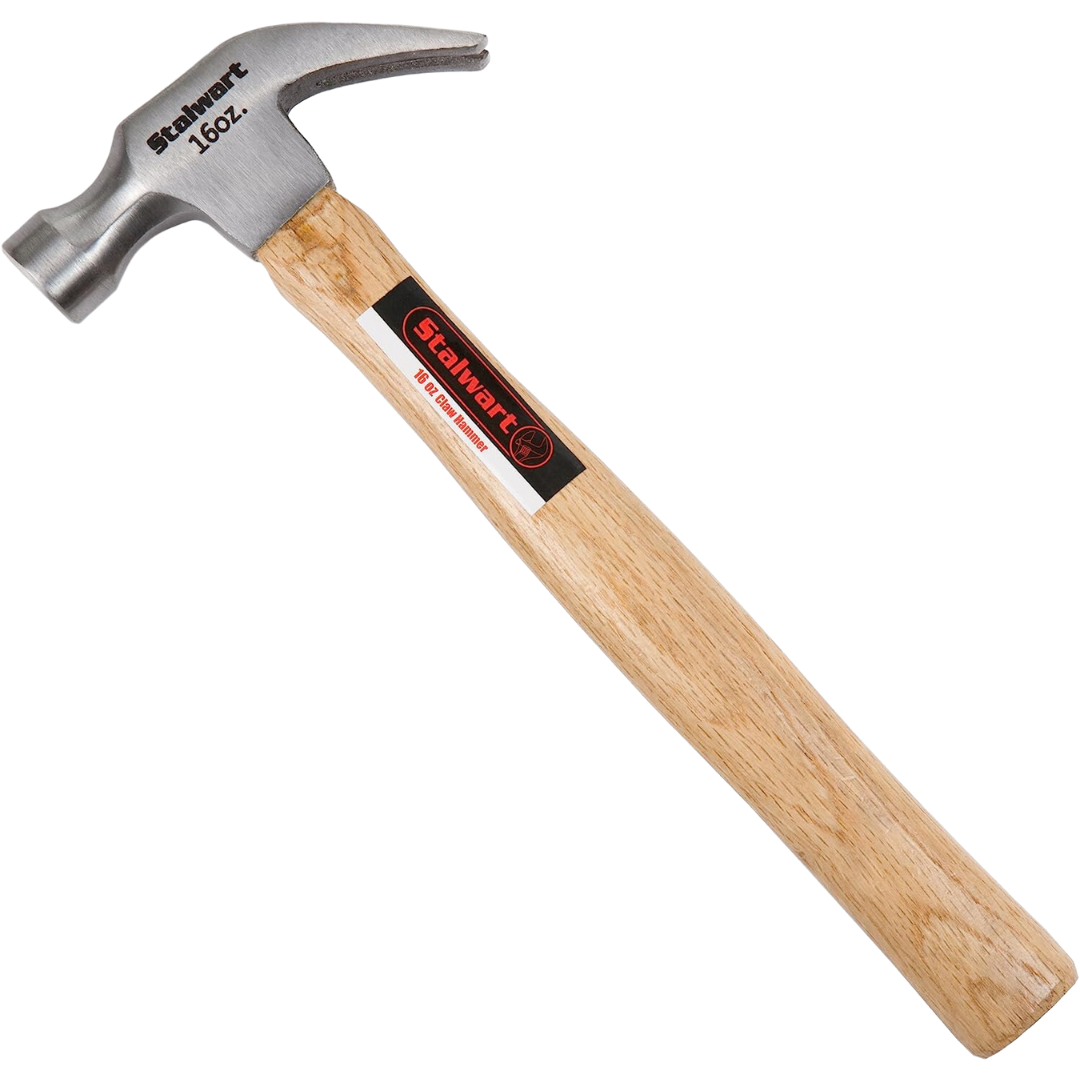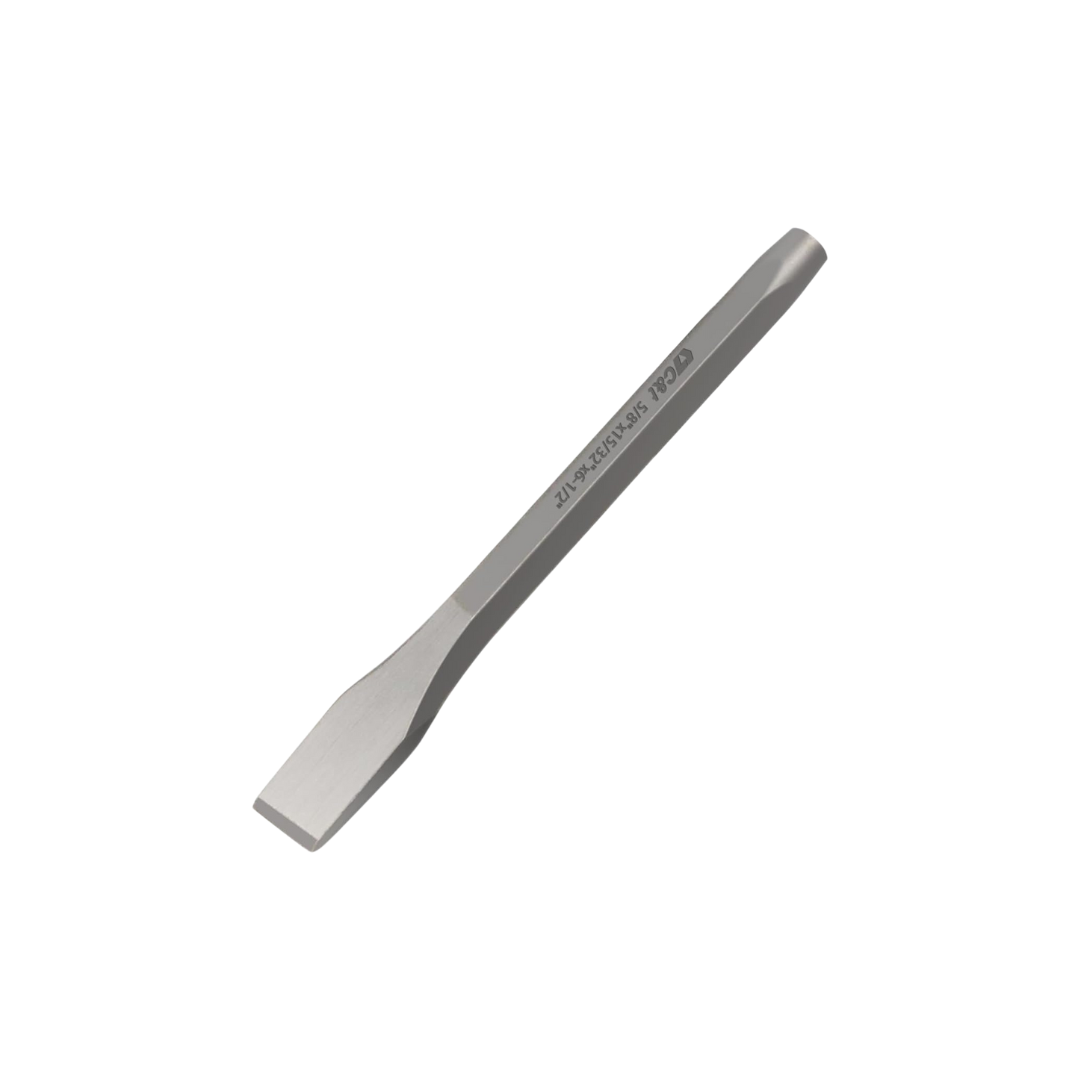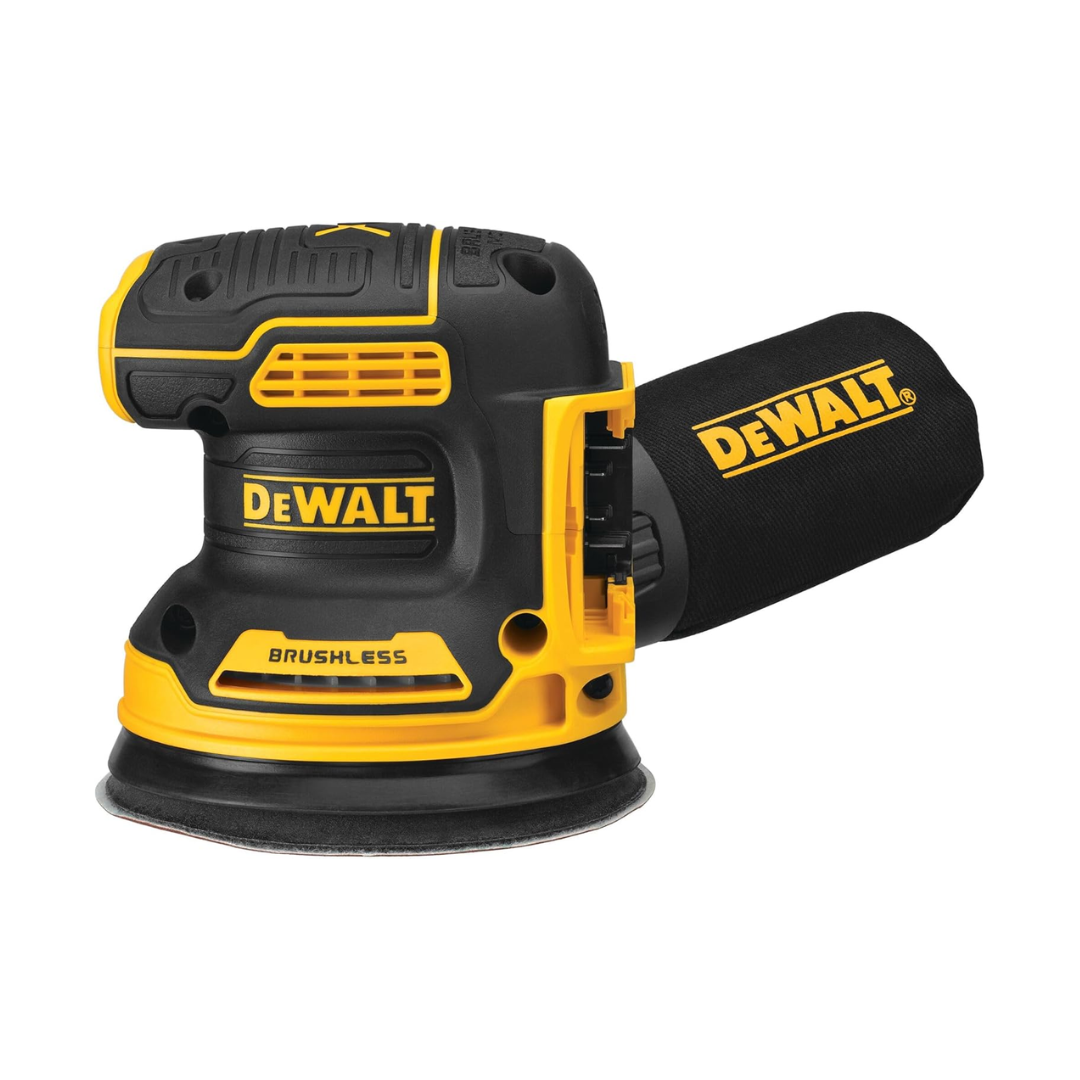We may be compensated if you purchase through links on our website. Our team is committed to delivering honest, objective, and independent reviews on home products and services.
Strip flooring is classic and resilient, but it can get damaged over time. Whether it’s from water, scratches from pets, or wear in high-traffic areas, you may need occasional repairs to maintain the floor’s appearance and function. In the video above, This Old House general contractor Tom Silva demonstrates how to patch strip flooring. Our guide also includes long-term maintenance tips to keep your floor in top condition.
The Basics of Strip Flooring
Strip flooring is popular because of its classic appearance and durability. It’s typically made from hardwoods such as oak, maple, or pine. Strip flooring consists of long, narrow boards that interlock with a tongue-and-groove system. This design allows for a tight fit between the boards, creating a smooth and uniform surface.
There are several types of strip flooring available, each with its own characteristics:
- Bamboo: A sustainable option that’s becoming increasingly popular due to its strength and eco-friendly properties
- Maple: Extremely hard and resistant to wear, with a light color and subtle grain
- Pine: Softer than hardwoods but offers a rustic, traditional look
- Red oak: A popular choice known for its durability and distinctive grain pattern
- White oak: Slightly harder than red oak with a more subtle grain
Common Causes of Damage
Strip flooring can be vulnerable to several types of damage, often leading to the need for repairs. Water damage from leaks or spills is a common issue, as prolonged moisture exposure can cause the wood to swell, warp, or discolor if spills aren’t addressed quickly. Scratches from moving heavy furniture or active pets are another frequent problem, with surfaces showing signs of wear over time.
Impact damage from dropped objects can leave noticeable dents or cracks in the wood, often requiring patching or replacement. High-traffic areas also experience wear and tear, resulting in a dull finish or thinning of the wood’s surface. In addition, fluctuations in humidity levels can cause warping, with the wood expanding or contracting, leading to uneven surfaces or gaps between planks.
Required Tools and Materials To Patch Strip Flooring
You’ll need the following tools and materials to replace your strip flooring.
Tools and Materials
- Block plane
- Blue painter’s tape
- Carpenter’s glue
- Chisel
- Drill/driver with a 5/8-inch spade bit
- Dust mask
- Hammer
- Random orbit sander
- Replacement floorboard
- Safety glasses
- Urethane finish
- Utility knife
Selecting the Replacement Board
Look for a board that matches the species, grain pattern, and color of your existing flooring as closely as possible. Leftover boards from the original installation make excellent replacements. Otherwise, you may need to buy a new board and stain it to match.
Although sourcing the right wood can be time-consuming, it guarantees the patched area blends seamlessly with the rest of your flooring.
Remove the Damaged Strip Floor Section
The first step in patching strip flooring is carefully removing the damaged section without harming the surrounding boards. Silva demonstrates this process in the video, emphasizing the importance of precision and patience. Follow the steps below to begin the removal process.
Score and Drill the Board
- Use a utility knife to score along the edges of the damaged board, creating a clean line for removal.
- Drill a series of 5/8-inch-diameter holes down the center of the damaged board, being careful not to penetrate the subfloor.
- Continue drilling holes along the length of the board, leaving about an inch between each hole.
Chisel Out the Damaged Board
- Place a chisel in the scored line and tap it with a hammer to deepen the cut.
- Chisel out the center section of the floorboard between the drilled holes.
- Use the hammer and chisel to carefully remove the remaining pieces of the damaged board, working from the center outward.
- Clean out any debris or remaining wood fragments from the exposed area.
Prepare the Replacement Board
Use the steps below to prepare the replacement board to fit perfectly into the space.
Modify the Replacement Board
- Measure the length of the exposed area and cut the replacement board to fit.
- Use a chisel to remove the lower lip of the grooved edge from the replacement board, creating a rabbeted joint.
- If necessary, use a block plane to adjust the width of the replacement board for a snug fit.
Test the Fit
Before applying any adhesive, test the fit of the replacement board to make sure it fits properly. Make any necessary adjustments using the block plane until you achieve a perfect fit.
Install the Replacement Strip Flooring Board
These next steps outline how to install the prepared replacement board.
Apply Adhesive
- Apply a thin layer of carpenter’s glue to the top of the tongue on the adjacent floorboard.
- Be careful not to use too much glue, as excess can squeeze out and mar the surface.
Set the Board
- Carefully place the replacement board into position, aligning it with the surrounding boards.
- Use a scrap piece of wood and a hammer to gently tap the board into place, ensuring it’s fully seated.
- Wipe away any excess glue that may have squeezed out with a damp cloth.
Make sure the replacement board fits snugly and sits level with the existing boards to create a smooth, uniform surface.
Finish the Repair of Your Strip Flooring
The final steps in patching strip flooring involve sanding and finishing the repaired area to blend seamlessly with the surrounding floor.
Sand the Repaired Area
- Allow the glue to dry completely according to the manufacturer’s instructions.
- Use a random-orbit sander with fine-grit sandpaper (320-grit) to smooth the repaired area.
- Sand carefully to avoid creating dips or uneven areas in the floor.
Apply the Finish
- Clean the sanded area thoroughly with a vacuum and tack cloth to remove all dust.
- Protect the surrounding baseboards with blue painter’s tape.
- Apply at least four coats of urethane finish to the replacement board, allowing each coat to dry before applying the next.
- Use a high-gloss urethane for a shiny finish that matches the rest of the floor.
Maintaining Your Repaired Floor
Regular maintenance and care helps prevent scratches and keeps the surface clean. Sweep or vacuum frequently to remove dirt and debris, and use a damp mop with a wood floor cleaner recommended by the manufacturer for a deeper clean. To avoid scratches from furniture, place felt pads under the legs of chairs, tables, and other heavy items.
For long-term preservation, keep indoor humidity levels consistent to prevent the wood from expanding or contracting. Refinishing the entire floor every few years will help maintain an even appearance and protect the wood from wear. Address any new damage as soon as it occurs to prevent it from spreading or affecting the surrounding boards.
Addressing Special Situations Involving Strip Flooring
Occasionally, you may encounter special situations during a floor repair, such as dealing with extensive water damage or particularly stubborn boards. Here are some tips for managing these scenarios.
- Challenging removals: For boards that are particularly difficult to remove, use specialized tools such as a flooring saw. These tools can help you remove damaged boards more cleanly and with less risk to the surrounding wood.
- Extensive water damage: If your floor has suffered from significant water damage, find the source of the moisture before making any repairs. This might involve fixing leaks or improving ventilation. Water-damaged boards may also require more extensive replacement beyond a single board patch.
- Matching finishes: Test stains and finishes on scrap wood to find the closest match. Consult a flooring expert for tips on matching complex finishes.







